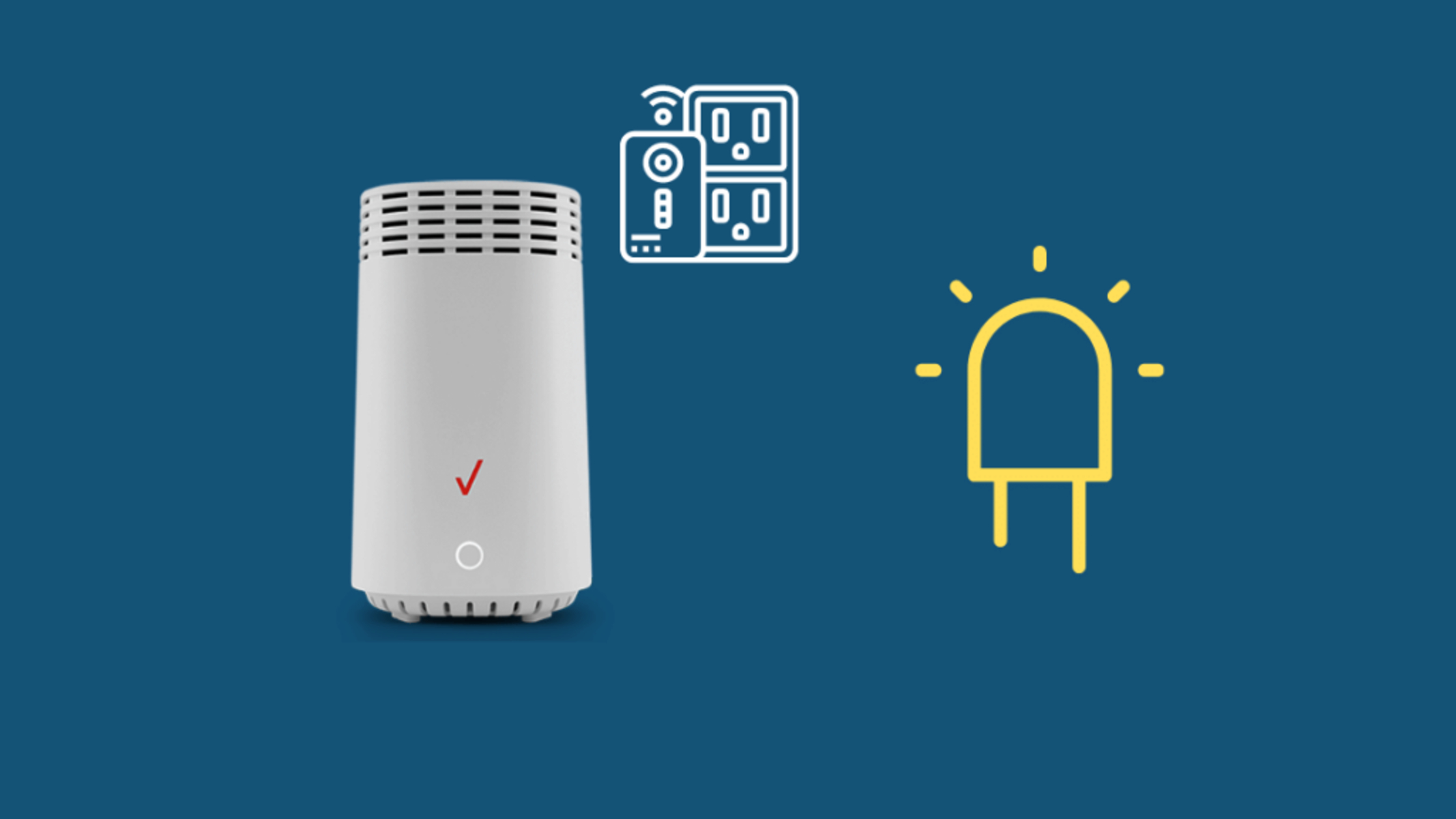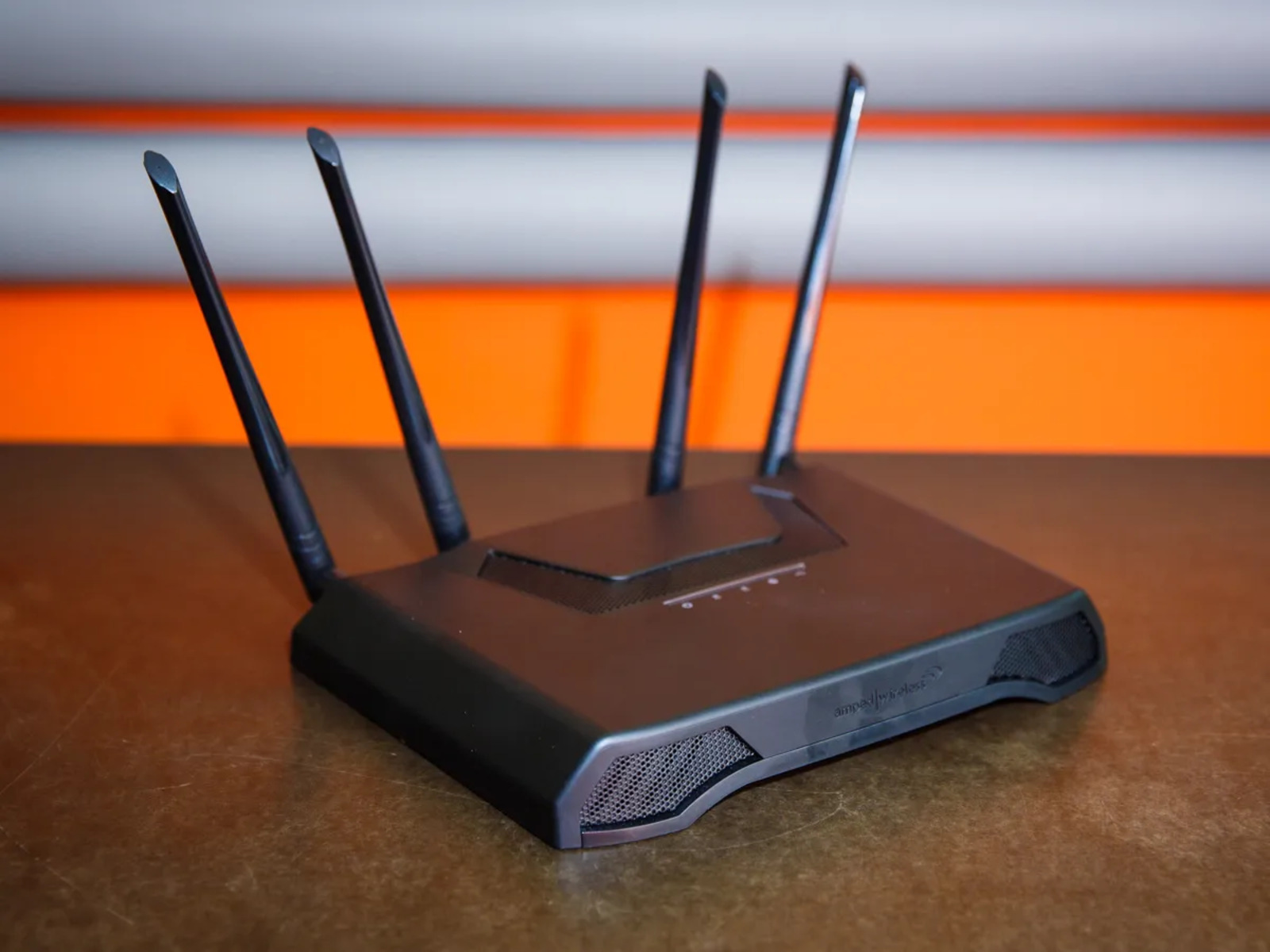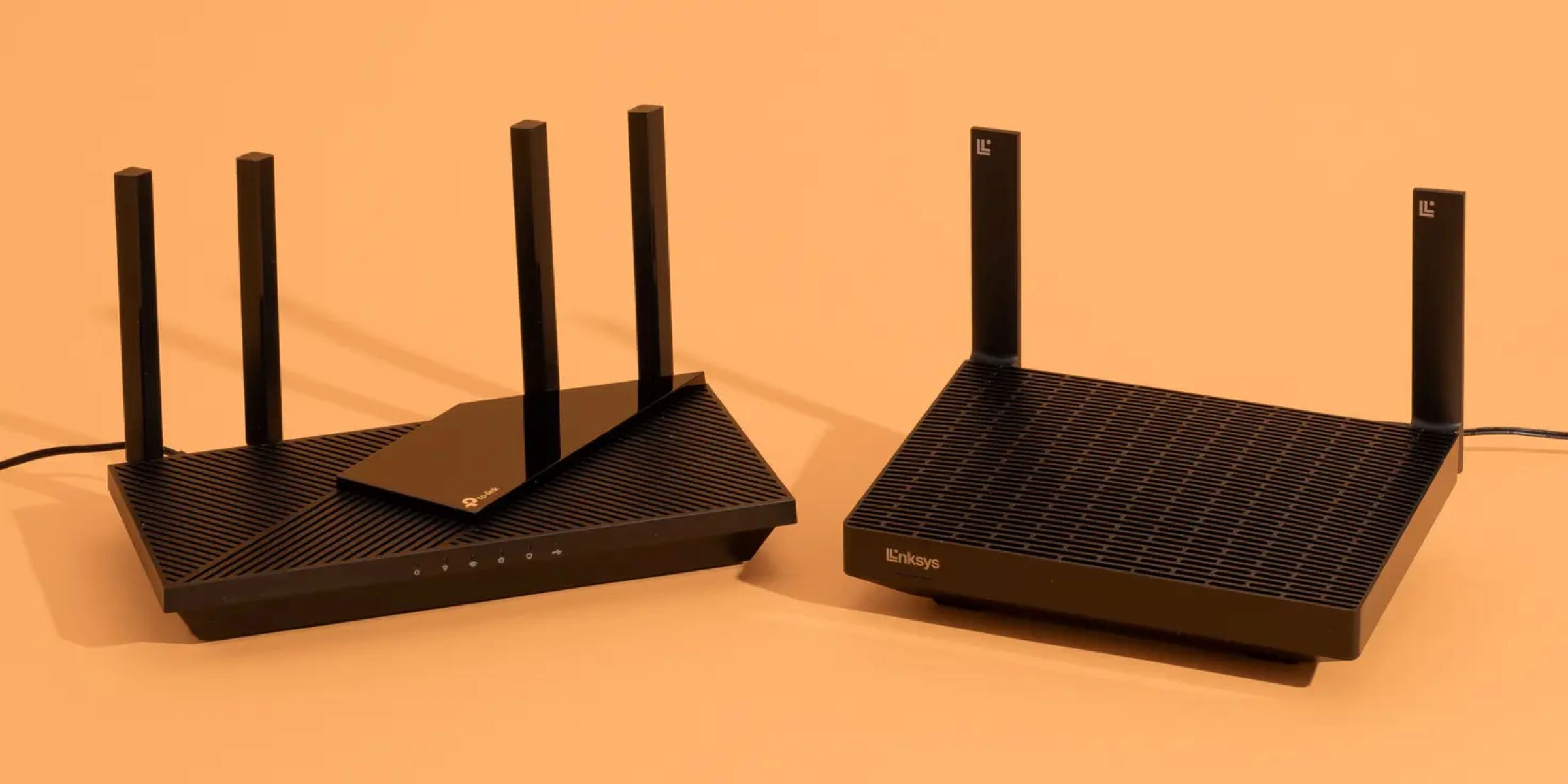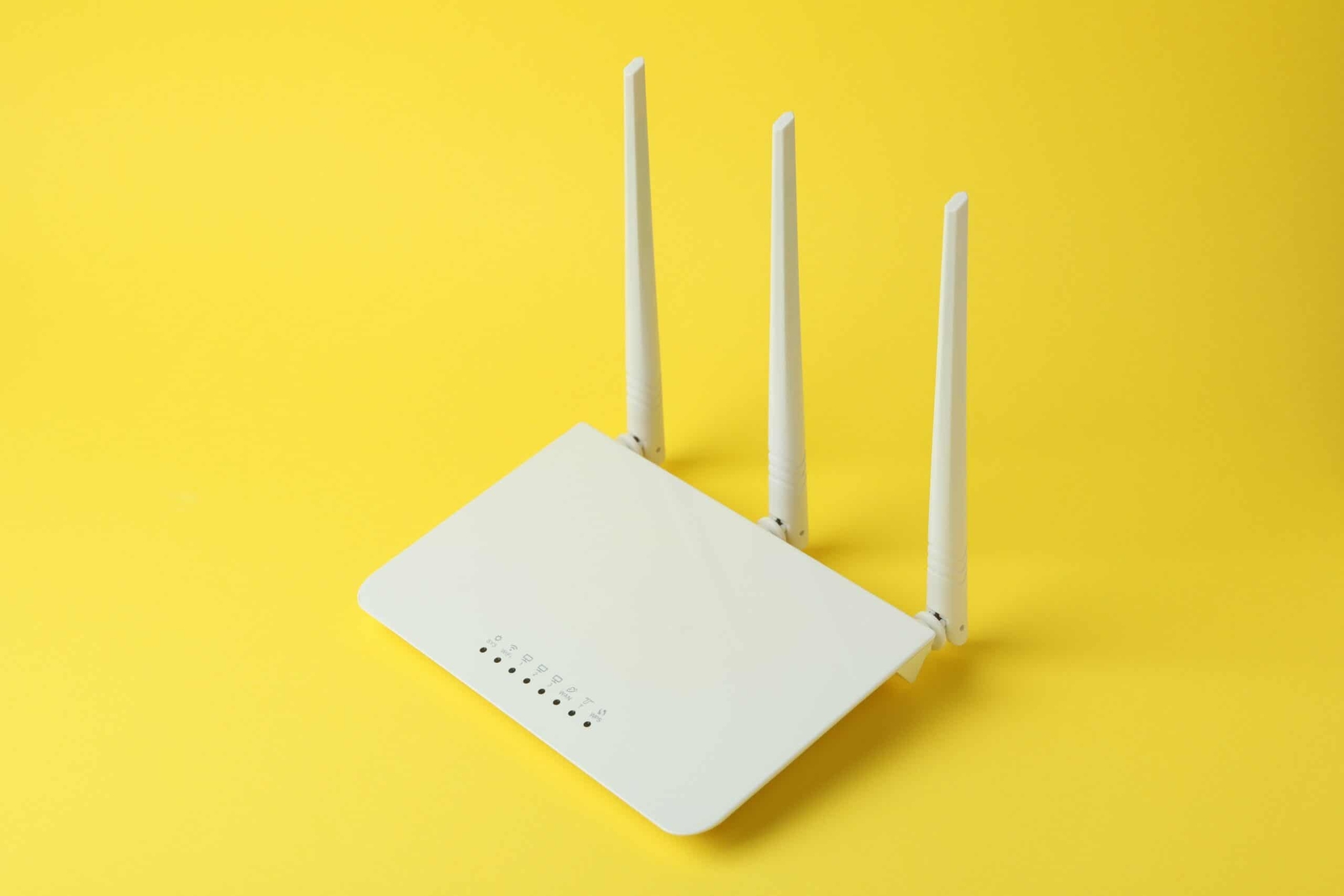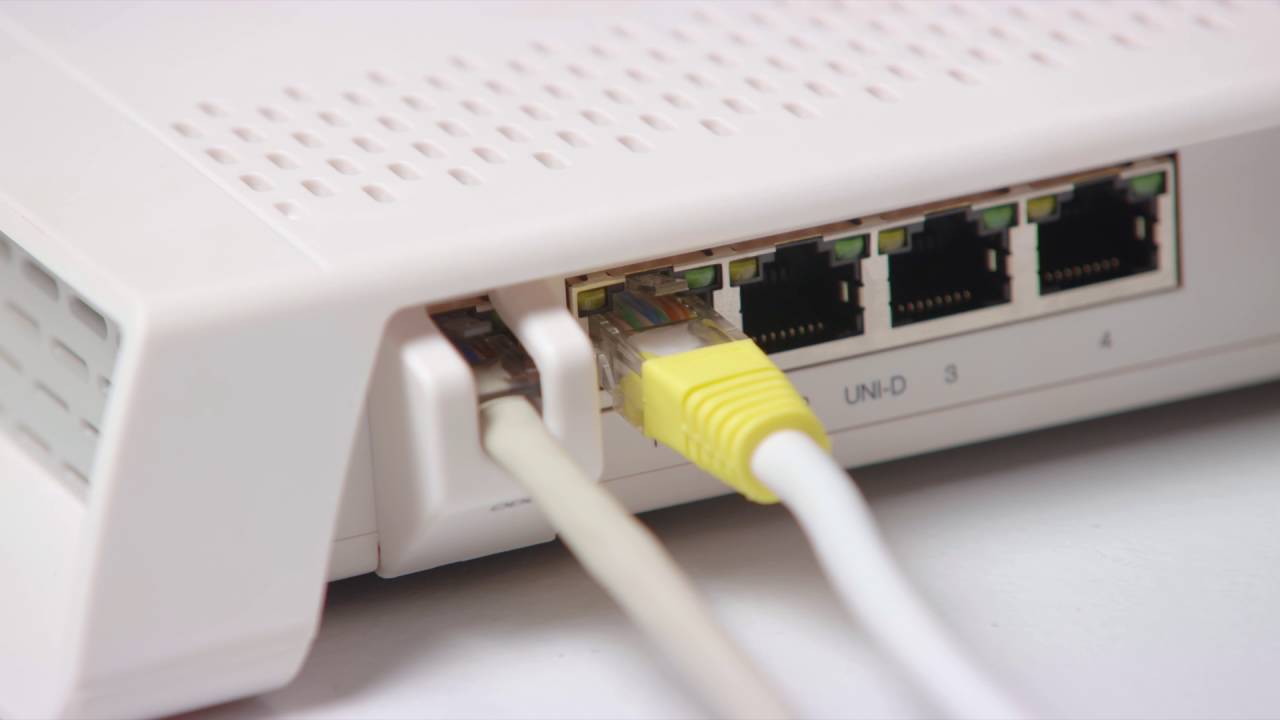Reasons to Restart Your Wireless Router
Restarting your wireless router may seem like a simple task, but it can actually have a significant impact on improving your network performance. Here are some of the top reasons why you should consider restarting your router:
- Resolve network connectivity issues: If you’re experiencing slow internet speeds, intermittent connection drops, or devices not being able to connect to the network, a router restart can help. It clears any temporary glitches in the router’s software and refreshes its connection with the internet service provider (ISP).
- Prevent router overheating: Routers can get hot over time, especially if they’re continuously running without a break. Restarting your router gives it time to cool down, preventing overheating issues that can affect its performance and longevity.
- Clear memory cache: Just like computers, routers have a memory cache where they store temporary data and settings. Restarting the router clears this memory cache, allowing it to start fresh and potentially speed up its processing.
- Install firmware updates: Router manufacturers often release firmware updates to fix bugs, enhance security, and improve overall performance. Restarting your router after a firmware update ensures that the updates are properly installed and implemented.
- Refresh network settings: Over time, your router’s network settings may become outdated or misconfigured. Restarting the router resets these settings to their default values, ensuring optimal network performance.
Keep in mind that restarting your router should be considered a troubleshooting step for common network issues. It’s always wise to check other factors like your internet service, modem, and device settings before solely relying on a router restart. However, in many cases, a simple restart can work wonders and get your network back on track.
Steps to Restart Your Wireless Router
Restarting your wireless router is a straightforward process that can be done in a few simple steps. Here’s how you can do it:
- Step 1: Locate the power button or power cable: Depending on the model of your router, you may find a physical power button or a power cable that you can unplug from the electrical outlet. Locate this power source to prepare for the restart.
- Step 2: Power off the router: If your router has a physical power button, press and hold it until the device powers off. If there is no power button, simply unplug the power cable from the outlet to turn off the router.
- Step 3: Wait for a few seconds: Give your router a brief pause of around 10-15 seconds. This allows enough time for the device to completely power down and disconnect from the network.
- Step 4: Power on the router: After the short pause, press the power button again or plug the power cable back into the outlet. Wait for the router to power on and establish a connection with your ISP. This typically takes a minute or two.
- Step 5: Confirm the restart: Check the lights on your router to ensure they are blinking or operating normally. You can also check the connectivity of your devices to see if they’re able to connect to the network.
That’s it! Your wireless router has been successfully restarted. You should now notice an improvement in your network performance. Remember that each router may have slightly different steps, so it’s essential to refer to the user manual or online documentation specific to your router model if needed.
Restarting your router periodically, or whenever you encounter network issues, can help maintain a stable and reliable connection. It’s a simple yet effective practice to keep your network running smoothly.
Option 1: Power Cycling Your Router
Power cycling, also known as rebooting, is the most common and basic method to restart a wireless router. It involves turning off the power to the router completely and then turning it back on. Power cycling can often resolve minor software glitches or connectivity issues. Here’s how you can power cycle your router:
- Step 1: Locate the power source: Find the power cable or power button on your router. The power cable is usually connected to the back of the router, while the power button might be on the top or side.
- Step 2: Power off the router: If your router has a physical power button, press and hold it until the device powers off. Alternatively, unplug the power cable from the electrical outlet to shut down the router.
- Step 3: Wait for 30 seconds to 1 minute: Allow the router to remain without power for a brief period. This step ensures that any residual charge dissipates and the router fully resets.
- Step 4: Power on the router: After the waiting period, plug the power cable back into the electrical outlet or press the power button to turn on the router. Wait patiently for the device to boot up, establish a connection with the ISP, and the network light indicators to stabilize.
- Step 5: Test the network connectivity: Once the router has powered on, check if your devices can connect to the network and access the internet. If the network issues persist, you may need to explore other troubleshooting methods or contact your ISP for assistance.
Power cycling your router should be attempted as a first step whenever you experience network connectivity issues. It is a quick and simple solution that can often clear up minor glitches and restore your network’s functionality.
Remember that power cycling your router only addresses temporary software or connectivity issues. If you encounter persistent or more complex problems, you may need to try other troubleshooting options or seek professional help.
Option 2: Using the Router’s Admin Interface
Another way to restart your wireless router is by accessing its admin interface through a web browser. Most routers have a built-in web-based interface that allows you to manage various settings and perform functions like restarting the router. Here’s how you can use the router’s admin interface to restart it:
- Step 1: Determine the router’s IP address: Open a web browser on a device that is connected to the router. In the address bar, type the IP address for your router’s admin interface. Common IP addresses include 192.168.0.1 or 192.168.1.1, but it may vary depending on the router brand and model. If you’re unsure of the IP address, refer to the router’s user manual or look it up online.
- Step 2: Enter login credentials: After entering the router’s IP address, you’ll be prompted to enter the login credentials to access the admin interface. This usually includes a username and password. If you haven’t changed these credentials before, consult the router’s manual or check the default login details provided by the manufacturer.
- Step 3: Navigate to the reboot/restart option: Once logged into the router’s admin interface, look for the system or administration settings. Within these settings, find the option to restart or reboot the router. The specific location may vary depending on the router model. Consult the user manual or refer to the manufacturer’s website if you’re having trouble locating the restart option.
- Step 4: Restart the router: Click on the restart/reboot option and confirm your selection if prompted. The router will begin the restart process, which may take a couple of minutes to complete. Be patient and avoid interrupting the process.
- Step 5: Verify the restart: Once the restart is complete, you can close the web browser and check the network connectivity on your devices. Ensure that you can connect to the network and access the internet without any issues.
Using the router’s admin interface gives you a more controlled and precise way to restart your wireless router. It is particularly useful for those who prefer accessing and managing router settings through the web interface. However, if this method doesn’t resolve your network issues, consider exploring other troubleshooting options or seeking assistance from your internet service provider (ISP).
Option 3: Using a Mobile App
If you prefer the convenience of managing your router settings on your mobile device, you can restart your wireless router using a dedicated mobile app provided by the router manufacturer. Many router brands offer mobile apps that allow you to access and control your router from the palm of your hand. Here’s how you can use a mobile app to restart your router:
- Step 1: Download and install the mobile app: Visit the app store on your smartphone or tablet and search for the mobile app associated with your router brand. Download and install the app onto your device.
- Step 2: Launch the mobile app: Open the downloaded app on your mobile device. Allow the app to access your device’s location and any other permissions it requires.
- Step 3: Connect to your router: Follow the app’s prompts to connect to your router. This usually involves selecting your router’s model or scanning a QR code on the router. Check the app’s instructions for the specific steps to establish a connection.
- Step 4: Locate the restart option: Once connected to your router, navigate through the app’s interface to find the restart or reboot option. This option is typically located within the system or administrative settings of the app. If you’re having trouble finding it, consult the app’s documentation or support resources.
- Step 5: Initiate the restart: Tap on the restart or reboot option in the app. Confirm your selection if prompted. The mobile app will send the restart command to your router, and it will begin the restart process.
- Step 6: Wait for the restart to complete: Be patient while the router restarts. The process may take a few minutes. Avoid interrupting the restart by closing the app or turning off the mobile device.
- Step 7: Verify the restart: Once the restart is complete, ensure that you can connect to the network and access the internet on your devices. Test the network connectivity and check if any previous issues have been resolved.
Using a mobile app to restart your wireless router provides a convenient option for managing your network settings on the go. It offers a user-friendly interface and direct control over your router’s functions. However, if this method doesn’t resolve your network issues, consider exploring other troubleshooting options or contacting your internet service provider (ISP) for further assistance.
Option 4: Factory Resetting Your Router
If you’re encountering persistent issues with your wireless router and none of the previous methods have worked, you may need to resort to a factory reset. This option will restore your router to its original settings, effectively wiping out any custom configurations or changes you have made. Here’s how you can perform a factory reset on your router:
- Step 1: Locate the reset button: Look for a small, recessed button on the back or bottom of your router. This is usually labeled as “Reset” or represented by a small hole. You may need a paperclip or a similar object to press the button.
- Step 2: Power on the router: Make sure the router is powered on and connected to a power source. It’s crucial to have the device turned on while performing the factory reset.
- Step 3: Press and hold the reset button: Using a paperclip or similar object, press and hold the reset button for about 10-15 seconds. Keep in mind that the exact duration may vary depending on the router model, so refer to your router’s documentation for specific instructions.
- Step 4: Wait for the router to reset: After releasing the reset button, the router will undergo a reset process. It may take a few minutes for the device to complete the reset and reboot.
- Step 5: Reconfigure the router: Once the router has finished resetting, you will need to reconfigure it from scratch. This involves setting up the wireless network name (SSID), password, security settings, and any other desired configurations. Consult the router’s user manual or online documentation for guidance on how to set up your router again.
- Step 6: Test the network connectivity: After reconfiguring the router, check if your devices can connect to the network and access the internet. Verify that any previous network issues have been resolved and that the router is functioning properly.
Factory resetting your router should be considered a last resort when all other troubleshooting methods have failed. It erases all personalized settings and returns the router to its default state. Therefore, it’s essential to back up any important configurations or data before performing a factory reset. If you’re unsure about the factory reset process or require additional assistance, consult the manufacturer’s website or contact their support team.
Troubleshooting Common Issues
While restarting your wireless router can often resolve many network issues, there may be other common problems that require troubleshooting. Here are a few tips to help you troubleshoot and fix some common wireless router issues:
- 1. Slow Internet Speed: If you’re experiencing sluggish internet speeds, try positioning your router in a central location away from obstructions like walls or large appliances. Additionally, ensure that your router’s firmware is up to date and consider adjusting the wireless channel to avoid interference from neighboring networks.
- 2. Intermittent Connection Drops: If your wireless connection keeps dropping, check for any nearby electronic devices that may be causing interference. You can also try changing the Wi-Fi channel on your router or updating its firmware to address any known connectivity issues.
- 3. Devices Unable to Connect: If certain devices can’t connect to your wireless network, ensure that the Wi-Fi password is entered correctly. Try restarting both the specific device and the router. If the problem persists, check if MAC address filtering is enabled on the router and add the affected device’s MAC address to the allowed list.
- 4. Weak Wi-Fi Signal: If you’re experiencing a weak Wi-Fi signal in certain areas of your home, consider placing a Wi-Fi extender or repeater to boost the signal range. You can also experiment with adjusting the router’s antennas or investing in a more powerful router with better coverage capabilities.
- 5. Forgotten Router Admin Password: If you’ve forgotten the administrator password for your router, refer to the router’s manual or manufacturer’s website for instructions on how to reset the password. This usually involves pressing the reset button at the back of the router for a specific duration.
Remember to document any changes you make during the troubleshooting process, such as firmware updates or configuration adjustments. This will be helpful if you need to revert any modifications or provide accurate information when seeking technical support.
It’s important to note that these troubleshooting tips are meant to address common issues, but individual circumstances may vary. If you encounter persistent problems or need assistance with more complex issues, it’s advisable to reach out to your router manufacturer’s support team or consult with your internet service provider (ISP).
Conclusion
Restarting your wireless router is a simple yet effective troubleshooting step that can help resolve various network issues. Whether you choose to power cycle your router, use the router’s admin interface, a mobile app, or even perform a factory reset, each method can provide a solution for different scenarios. By following the steps outlined in this guide, you can restart your router and potentially improve your network performance.
Remember, however, that a router restart should be considered as part of a troubleshooting process and not the ultimate solution for complex network problems. If you consistently experience issues with your internet connection or find that the restart doesn’t resolve the problem, it’s important to investigate other potential causes. This can involve checking your internet service, modem, device settings, or seeking assistance from your internet service provider (ISP).
Additionally, maintaining good router hygiene by updating firmware regularly, securing your network with strong passwords, and periodically resetting the router can contribute to overall network stability and security.
By leveraging the numerous options available for restarting your wireless router, you can take control of your network connectivity and ensure a smoother and more reliable internet experience.









